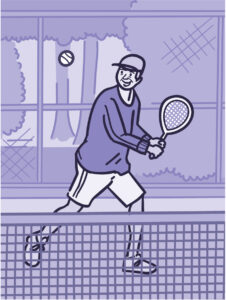-
-
-
- Guided imagery
- Assist the child in an imaginary experience
- Including as many senses as possible (e.g., “feel the cool breezes,” “see the beautiful colors,” “hear the pleasant music”).
- Have the child describe the details and write down or record scripts
- Encourage child to concentrate only on the pleasurable event during the painful time; enhance the image by recalling specific details by reading the script or playing the tape.
- Combine with relaxation and rhythmic breathing
- Assist the child in an imaginary experience
- Positive self-talk
- Have the child say positive things during a procedure or painful episode
- “I will be feeling better soon,” or “When I go home, I will feel better, and we will eat ice cream”).
- Have the child say positive things during a procedure or painful episode
- Thought Stopping
- Identify positive facts about the painful event (e.g., “It does not last long”).
- Identify reassuring information (e.g., “If I think about something else, it does not hurt as much”).
- Condense positive and reassuring facts into a set of brief statements, and have child memorize them (e.g., “Short procedure, good veins, little hurt, nice nurse, go home”).
- Have child repeat the memorized statements whenever thinking about or experiencing the painful event.
- Behavioral contracting
- Informal: May be used with children as young as 4 or 5 years of age:
- Use stickers or token as a reward
- Give time limits for the child to cooperate
- Give a child who is uncooperative or procrastinating during a procedure a limited time (measured by a visible timer) to complete the procedure.
- Proceed as needed if child is unable to comply
- Reinforce cooperation with a reward
- Formal: Use written contract, which includes the following:
- Realistic (seems possible) goal or desired behavior
- Measurable behavior (e.g., agrees not to hit anyone during procedures)
- Contract written, dated, and signed by all people nvolved in any of the agreements
- Identified rewards or consequences that are reinforcing
- Goals that can be evaluated
- Commitment and compromise requirements for both parties (e.g., while timer is used, nurse will not nag or prod child to complete procedure)
- Informal: May be used with children as young as 4 or 5 years of age:
- Containment
- Swaddle the infant
- Place rolled blankets around the child
- Maintain proper positioning
- Nonnutritive sucking
- Offer pacifier with sucrose before, during, and after painful procedure
- Offer nonnutritive sucking during episodes of pain
- Kangaroo care
- Skin-to-skin contact between infants and parents
- Complementary and alternative medicine
- Classifications of CAM are grouped into five classes
- Biologically based: foods, special diets, herbal or plant preparations, vitamins, other supplements
- Manipulative treatments: chiropractic, osteopathy, massage
- Energy based: Reiki, bioelectric or magnetic treatments, pulsed fields, alternating and direct currents
- Mind-body techniques: mental healing, expressive treatments, spiritual healing, hypnosis, relaxation
- Alternative medical systems: homeopathy; naturopathy; ayurveda; traditional Chinese medicine, including acupuncture and moxibustion
- Classifications of CAM are grouped into five classes
- Guided imagery
-
-

Working Out to Stay Sharper
Can Exercise Keep Your Brain Healthier? En español Send us your comments (link sends e-mail) We’ve all heard that exercise is good for us. Experts



